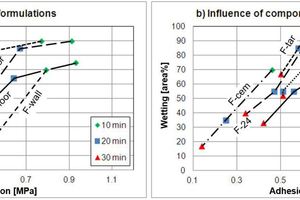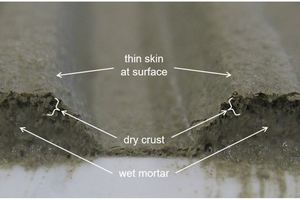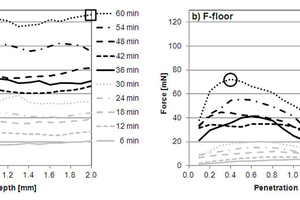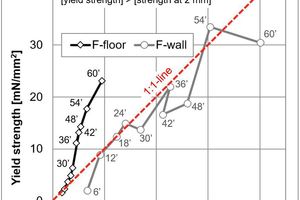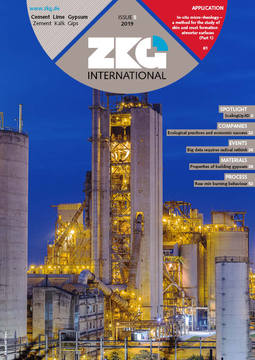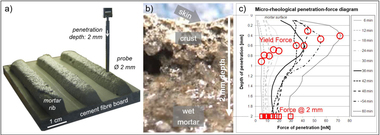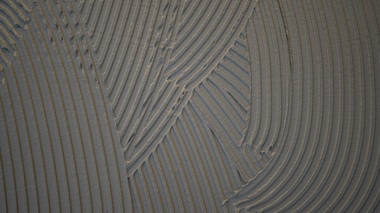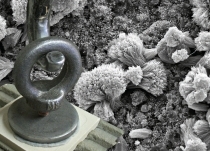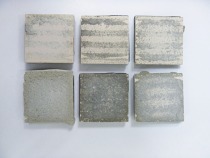In-situ micro-rheology – a method for
the study of skin and crust formation at mortar surfaces (Part 1)
Once a mortar is applied as a thin layer to the substrate, the mortar surface is exposed to the environment and changes its properties over time. In the case of a tile adhesive, the surface of the applied mortar readily starts to form a thin skin (< 0.1 mm), which can continuously thicken to form a dry crust with a thickness of 0.5-1.0 mm within 30 minutes of exposure time. Such a crust is a barrier between the fresh mortar underneath and the tile above and prevents a proper wetting between the two materials. As a result, the adhesion strength is reduced, as can be measured by the open time test (EN 1346). This paper presents a new rheological in-situ method for the measurement of the crust build-up during the first 30 minutes with a spatial resolution of one micron. First measurements indicate two principal types of mortars. Some of which form a crust and others thicken homogeneously throughout the entire mortar layer. The method can be applied to any soft material with a viscosity gradient perpendicular to its surface.
1 Introduction
In the case of a tile adhesive mortar, the open time is the maximum exposure time of the applied mortar layer (combed with a toothed trowel onto a wall or a floor) until the tile is embedded, without losing the performance of adhesion.
The European Standard EN 1346 (note that in 2017 EN 1346 was included in EN 12004) defines how open time of a tile adhesive is measured quantitatively under laboratory conditions. The freshly mixed mortar is applied with a 6 mm x 6 mm x 6 mm toothed trowel onto a standardized concrete substrate. After 5, 10, 20 and 30 minutes, 5 cm x 5 cm,...

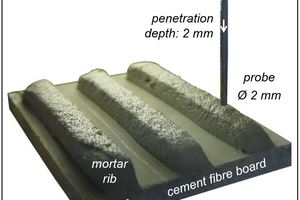
![2 Wetting capability of mortars seen through glass plates (10 cm x 10 cm). The plates were laid 10, 20 and 30 minutes after application of the adhesive mortars (upper row: “F-wall”, lower row: “F-floor”) according to EN 1347. The insets show corresponding skinning patterns (skin and hollows appear black; arrows indicate cracks in the skin which appear bright), which can be visualized by total reflectance of light which is directed from the side into the glass plate. Test setup is described by Zurbriggen et al. [7]](https://www.zkg.de/imgs/1/4/3/4/0/3/4/tok_c76f0d9ee2fb61fda23f0aad34350436/w300_h200_x600_y382_Zubriggen_Part_1_Fig._2-d55bcc2995797c22.jpeg)
